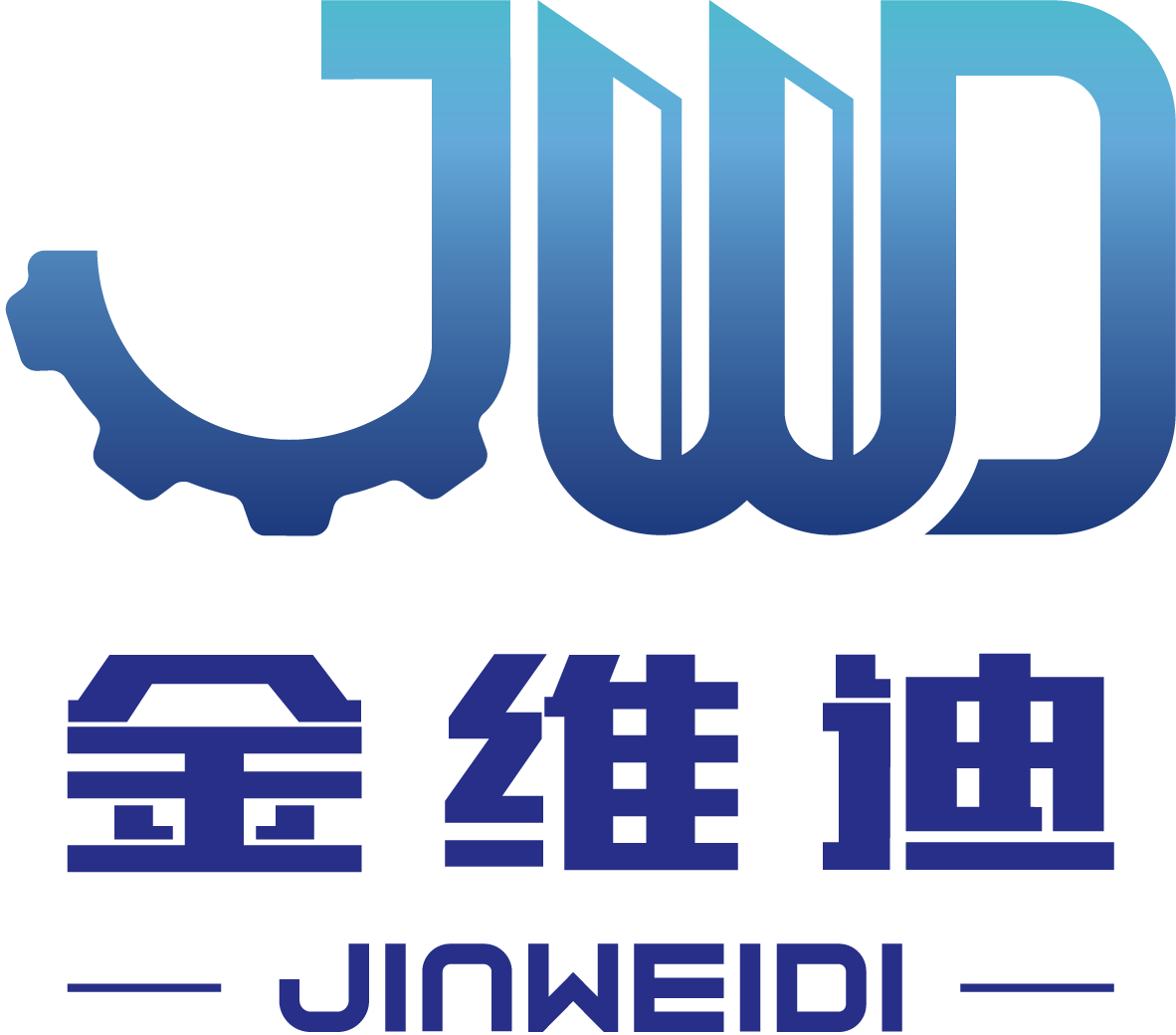How Is The Steel Bar Cold Extrusion Machine Produced
Steel bar cold extrusion machine is a fast connection equipment used for steel bar docking in construction
Mar 14,2025
How Is The Steel Bar Cold Extrusion Machine Produced
The production of steel bar cold extrusion machines is a complex process that combines advanced engineering, precision manufacturing, and quality control. This article explores the various stages involved in the production of these machines, from design and material selection to assembly and testing.
Design and Engineering
The first step in producing a steel bar cold extrusion machine is the design phase. Engineers and designers collaborate to create detailed blueprints that outline the machine's specifications, dimensions, and operational capabilities. This phase involves extensive research and development to ensure that the machine meets industry standards and customer requirements.
During the design process, various factors are taken into consideration, including the type of steel bars to be extruded, the desired shape and size of the final product, and the machine's operational speed. Computer-aided design (CAD) software is often used to create 3D models, allowing engineers to visualize the machine and make necessary adjustments before moving to the production phase.
Material Selection
Once the design is finalized, the next step is material selection. The components of a cold extrusion machine must be made from high-quality materials to withstand the extreme pressures involved in the extrusion process. Common materials used include high-strength steel alloys, which offer durability and resistance to wear and tear.
The selection of materials also involves sourcing suppliers who can provide the required specifications. Quality assurance checks are conducted to ensure that the materials meet industry standards and are free from defects. This stage is crucial, as the performance of the machine is heavily dependent on the quality of the materials used.
Manufacturing Components
With the materials ready, the manufacturing process begins. This stage involves the fabrication of various components that make up the cold extrusion machine. Key components include the extrusion chamber, hydraulic systems, and control panels.
The manufacturing process typically involves several techniques, including machining, forging, and turning. Each component is produced with precision to ensure proper fit and functionality. Advanced machinery, such as CNC (Computer Numerical Control) machines, is often employed to achieve the required tolerances.
Quality control measures are implemented throughout the manufacturing process. Each component is inspected for dimensional accuracy and surface finish before proceeding to the next stage. This ensures that any defects are identified early, reducing the risk of issues during assembly.
Assembly of the Machine
Once all components are manufactured, the assembly process begins. Skilled technicians work meticulously to put together the various parts of the cold extrusion machine. This stage requires a deep understanding of the machine's design and functionality.
During assembly, components are carefully aligned and fastened together. Hydraulic systems are installed, and electrical wiring is connected to the control panels. Each step is documented, and regular checks are conducted to ensure that the assembly adheres to the design specifications.
The assembly process may also involve the integration of additional features, such as automated controls and safety mechanisms. These enhancements improve the machine's efficiency and safety, making it more user-friendly for operators.
Testing and Quality Assurance
After assembly, the cold extrusion machine undergoes rigorous testing to ensure that it operates correctly and meets performance standards. This phase includes both functional testing and safety assessments.
Functional testing involves running the machine through various operational scenarios to verify its performance. Technicians monitor key parameters, such as pressure, speed, and output quality. Any issues identified during testing are addressed before the machine is approved for final inspection.
Safety assessments are also conducted to ensure that the machine complies with industry safety regulations. This includes checking emergency stop functions, safety guards, and other protective features. Only after passing all tests does the machine receive certification for use.
Final Inspection and Delivery
Once the testing phase is complete, the final inspection is conducted. This step involves a thorough review of the machine to ensure that it meets all specifications and quality standards. Any last-minute adjustments or repairs are made before the machine is packaged for delivery.
Packaging is an essential aspect of the production process, as it protects the machine during transportation. The machine is carefully secured and labeled to ensure safe handling upon arrival at the customer’s location.
After packaging, the machine is shipped to the customer. Many manufacturers also offer installation services, ensuring that the machine is set up correctly and functioning optimally.
Conclusion
The production of steel bar cold extrusion machines is a multifaceted process that requires careful planning, skilled craftsmanship, and stringent quality control. From the initial design to the final delivery, each stage plays a critical role in ensuring that the machine meets the high standards expected in the industry. As technology continues to advance, the production processes will likely evolve, leading to even more efficient and reliable cold extrusion machines in the future.
PREVIOUS:
NEXT:
Related Posts
Contact Us
E-mail:
jwd_machinery@sina.com
Phone/WhatsApp:
+86 18515871688
Address:
North side of 7th Road, Taocheng North Industrial Park, Hengshui City, Hebei Province, China




